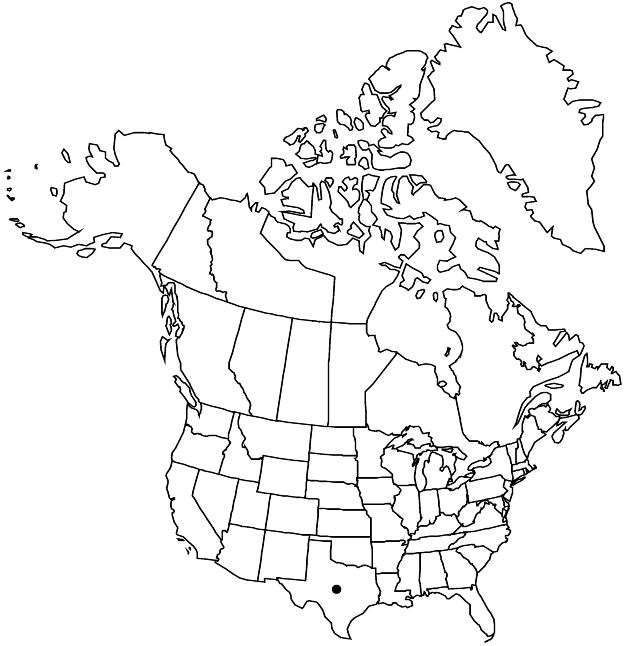familyRosaceae
subfamilyRosaceae subfam. Amygdaloideae
genusCrataegus
sectionCrataegus sect. Coccineae
speciesCrataegus mollis
Difference between revisions of "Crataegus mollis var. viburnifolia"
Phytoneuron 2011–3: 6. 2011.
Conservation concernEndemic
Basionym: Crataegus viburnifolia Sargent Trees & Shrubs 2: 145. 1911
Synonyms: C. brazoria var. viburnifolia (Sargent) J. B. Phipps
FNA>Volume Importer |
imported>Volume Importer |
||
| Line 63: | Line 63: | ||
|publication year=2011 | |publication year=2011 | ||
|special status=Conservation concern;Endemic | |special status=Conservation concern;Endemic | ||
| − | |source xml=https:// | + | |source xml=https://bibilujan@bitbucket.org/aafc-mbb/fna-data-curation.git/src/bb6b7e3a7de7d3b7888a1ad48c7fd8f5c722d8d6/coarse_grained_fna_xml/V9/V9_936.xml |
|subfamily=Rosaceae subfam. Amygdaloideae | |subfamily=Rosaceae subfam. Amygdaloideae | ||
|tribe=Rosaceae tribe Gillenieae | |tribe=Rosaceae tribe Gillenieae | ||
Revision as of 01:34, 28 May 2020
Stems: twigs ± straight; thorns on twigs absent or few. Leaf blades usually ± broadly ovate, lobes 2–4 per side, sinuses shallow (LII 8–15%), lobe apex subacute to obtuse. Stamens 20. Pomes yellow, to 25 mm diam.. 2n = 51.
Phenology: Flowering Mar; fruiting Sep–Oct.
Habitat: Rich alluvial soil, brushy habitats
Elevation: 10–50 m
Discussion
Variety viburnifolia occurs in southeastern Texas. The pure form of the variety is occasionally encountered. Yellow-fruited plants similar to var. viburnifolia with deeply incised leaves and salmon anthers are perhaps hybrids with Crataegus texana.
Selected References
None.
Lower Taxa
None.
